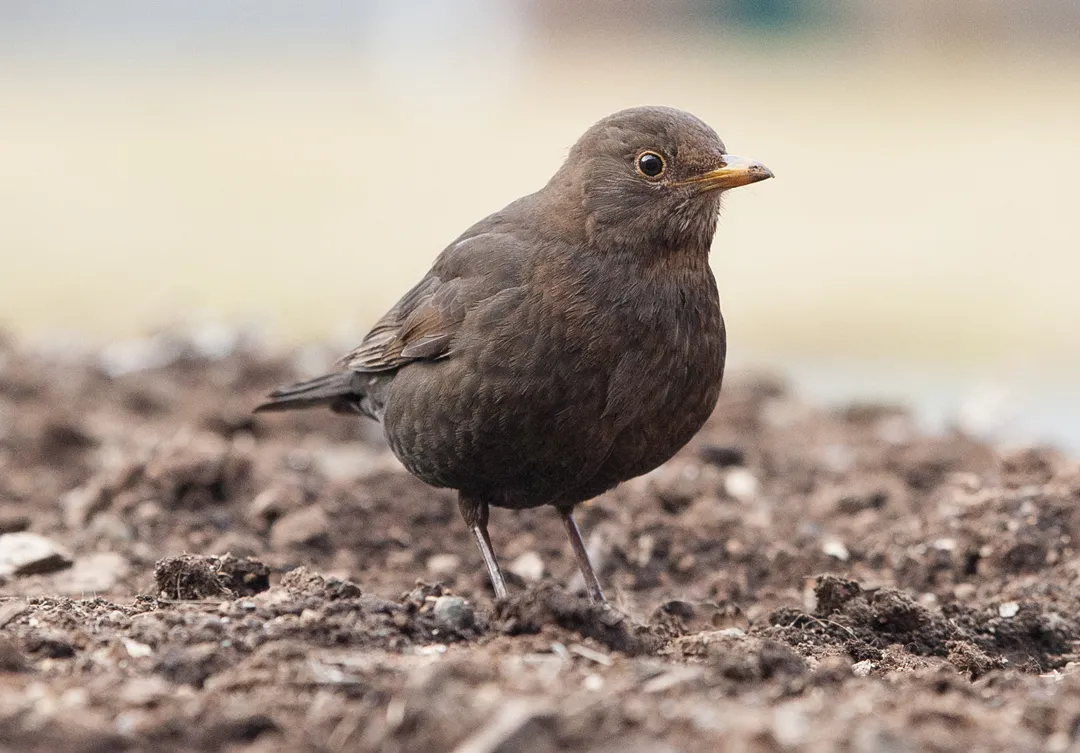Citation

Overview
The identification of the Usutu virus in Greater London in the summer of 2020 raises questions about the extent of the incursion and its impacts on wild bird populations.
Abstract
Following the first detection in the United Kingdom of Usutu virus (USUV) in wild birds in 2020, we undertook a multidisciplinary investigation that combined screening host and vector populations with interrogation of national citizen science monitoring datasets to assess the potential for population impacts on avian hosts. Pathological findings from six USUV-positive wild passerines were non-specific, highlighting the need for molecular and immunohistochemical examinations to confirm infection. Mosquito surveillance at the index site identified USUV RNA in Culex pipiens s.l. following the outbreak. Although the Eurasian blackbird (Turdus merula) is most frequently impacted by USUV in Europe, national syndromic surveillance failed to detect any increase in occurrence of clinical signs consistent with USUV infection in this species. Furthermore, there was no increase in recoveries of dead blackbirds marked by the national ringing scheme. However, there was regional clustering of blackbird disease incident reports centred near the index site in 2020 and a contemporaneous marked reduction in the frequency with which blackbirds were recorded in gardens in this area, consistent with a hypothesis of disease-mediated population decline. Combining results from multidisciplinary schemes, as we have done, in real-time offers a model for the detection and impact assessment of future disease emergence events.
Acknowledgements: We thank the members of the public and participants in the British Trust for Ornithology's Garden BirdWatch, BBS and Ringing schemes for their efforts in counting and reporting birds and JNCC and RSPB for their financial support. We would also like to thank Elaine Potter and the staff of the Predatory Bird Monitoring Scheme based at the UK Centre for Ecology and Hydrology for their submissions; Giovanni Quintavalle Pastorino and Simon Brown for their assistance with mosquito collection and identification; Dr. R.E. Harbach for contributions to mosquito identification and Dr. D.T.J. Littlewood who acted as principal investigator on the Natural History Museum’s Disease Initiative which provided financial support for this study. Financial support for the Garden Wildlife Health Project comes in part from the Department for Environment, Food and Rural Affairs (Defra), the Welsh Government and the Animal and Plant Health Agency (APHA) Diseases of Wildlife Scheme (DoWS); and from the Banister Charitable Trust, Esmée Fairbairn Foundation, Garfield Weston Foundation and the Universities Federation for Animal Welfare. IoZ staff receive financial support from Research England. This study was supported by grants SV3045 and SE0560 from Defra and the Devolved Administrations of Scotland and Wales and the European Union Horizon 2020 research and innovation program under grant agreement (No 871029 EVA-GLOBAL). SaTScan is a trademark of Martin Kulldorff and the software was developed under the joint auspices of (i) Martin Kulldorff, (ii) the National Cancer Institute, and (iii) Farzad Mostashari of the New York City Department of Health and Mental Hygiene.
